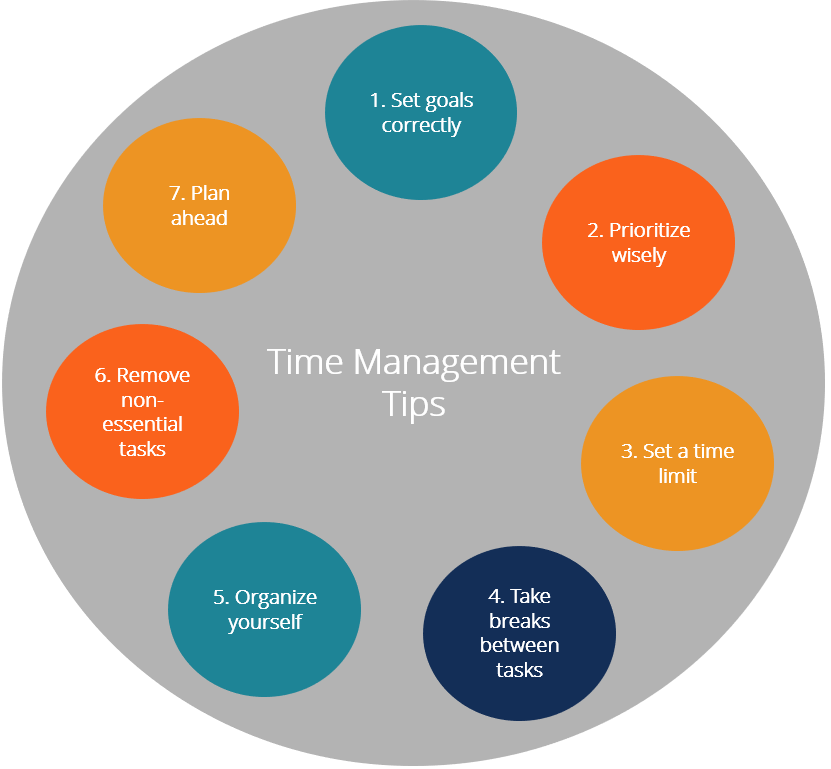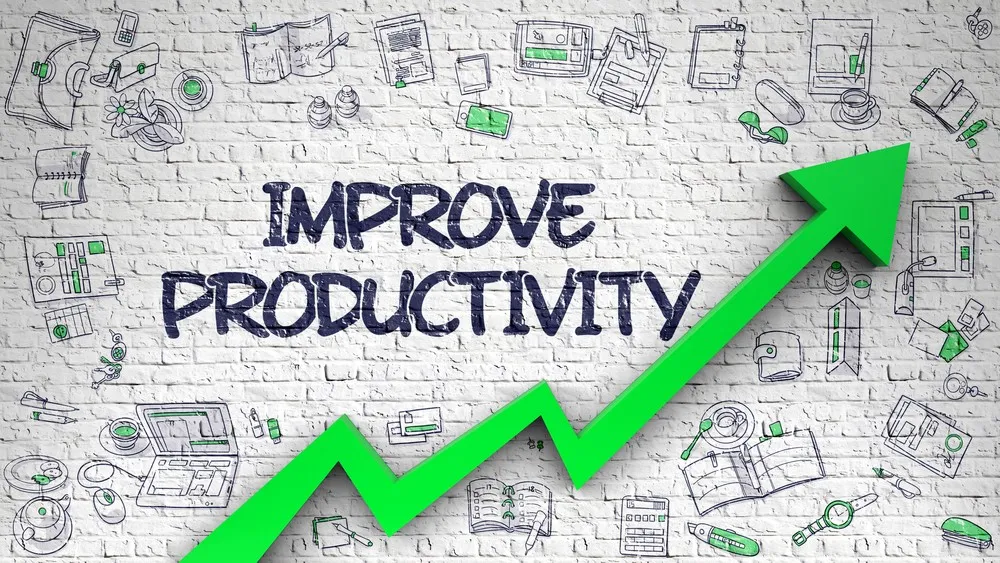In today’s fast-paced world, time management has become an essential skill for success. Whether you’re a student, a professional, or a business owner, managing your time efficiently can help you achieve your goals, reduce stress, and improve your overall productivity. Effective time management is about making conscious decisions regarding how to allocate your time and efforts to different tasks. In this article, we will explore several key strategies for mastering time management.
1. Prioritize Tasks Using the Eisenhower Matrix
One of the most effective ways to organize your tasks is through the Eisenhower Matrix, a method popularized by former U.S. President Dwight D. Eisenhower. This method helps you categorize tasks based on their urgency and importance:
- Quadrant I: Urgent and Important – These are tasks that require immediate attention and are crucial for achieving your goals. Examples include meeting deadlines or dealing with emergencies.
- Quadrant II: Not Urgent but Important – These tasks contribute significantly to long-term success but don’t need immediate attention. Examples include strategic planning or skill development.
- Quadrant III: Urgent but Not Important – These tasks might seem pressing but do not contribute much to your long-term goals. Examples could include answering unnecessary emails or attending meetings that don’t require your participation.
- Quadrant IV: Not Urgent and Not Important – These tasks are time-wasters and should be minimized or eliminated. Examples include scrolling through social media or engaging in unproductive conversations.
By using the Eisenhower Matrix, you can ensure that your focus is directed towards what truly matters, and you avoid spending time on less important tasks.
2. Set SMART Goals
Setting clear, achievable goals is one of the cornerstones of effective time management. A useful framework for setting goals is the SMART system, which stands for Specific, Measurable, Achievable, Relevant, and Time-bound. By ensuring that your goals meet these criteria, you can stay focused and organized. Here’s how to apply the SMART goal-setting method:
- Specific: Your goal should be clear and well-defined. For instance, rather than setting a vague goal like “improve fitness,” specify “exercise for 30 minutes every day.”
- Measurable: Make sure you can track your progress. If your goal is to increase sales, aim for a specific increase in revenue or the number of new clients.
- Achievable: Set realistic goals that are within your capabilities. Avoid aiming for something too ambitious that might lead to frustration.
- Relevant: Your goal should align with your larger objectives and aspirations.
- Time-bound: Set a clear timeline for achieving your goal. Deadlines help create a sense of urgency and keep you on track.
By following the SMART framework, you break down larger, overwhelming tasks into smaller, manageable actions.
3. Use the Pomodoro Technique
The Pomodoro Technique is a popular time management method that involves working in short, focused intervals. The technique is based on the idea that our brains can only maintain focus for short periods, and taking breaks can actually boost productivity. Here’s how it works:
- Choose a task you need to complete.
- Set a timer for 25 minutes (this is one Pomodoro).
- Work on the task until the timer goes off.
- Take a 5-minute break to relax and recharge.
- After completing four Pomodoros, take a longer break (15-30 minutes).
This technique promotes sustained focus and helps you avoid burnout. Additionally, the short bursts of work followed by breaks keep your energy levels high and your mind sharp.
4. Eliminate Distractions
Distractions are one of the biggest barriers to effective time management. In today’s digital world, it’s easy to become sidetracked by social media, emails, or phone notifications. Here are some strategies for minimizing distractions:
- Turn off notifications: Disable unnecessary notifications on your phone or computer to avoid interruptions.
- Create a dedicated workspace: If possible, set up a workspace free from distractions, whether it’s a separate office or a quiet corner in your home.
- Use apps to block distractions: There are several apps available that can help block access to distracting websites or apps during your work hours.
- Limit multitasking: Multitasking can actually reduce your efficiency and increase the likelihood of errors. Focus on one task at a time for better results.
By creating an environment that minimizes distractions, you’ll be able to work more effectively and manage your time better.
5. Break Large Tasks into Smaller Steps
Large tasks can often feel overwhelming, leading to procrastination. To avoid this, try breaking down big projects into smaller, more manageable steps. This approach makes tasks feel less daunting and allows you to track progress more easily. For example, instead of focusing on a large report that’s due in a week, break it down into smaller tasks like:
- Researching the topic
- Creating an outline
- Writing the introduction
- Writing the body
- Editing and proofreading
By dividing the task into smaller chunks, you not only make it easier to get started, but you’ll also feel a sense of accomplishment as you complete each step.
6. Learn to Say No
One of the most effective ways to manage your time is by setting boundaries. People often overcommit themselves because they struggle to say no. However, taking on too many responsibilities can lead to burnout and decreased productivity. By politely declining tasks or invitations that don’t align with your goals or priorities, you protect your time for the things that matter most.
Remember, you don’t need to explain yourself every time you say no. A simple “I’m unable to take on additional work at the moment” is often enough.
7. Practice the Two-Minute Rule
The Two-Minute Rule is a productivity technique that encourages you to tackle small tasks immediately if they can be completed in two minutes or less. This method is based on the idea that quick tasks, such as answering an email or making a phone call, are easy to complete but can pile up and cause unnecessary stress if left undone.
By applying the Two-Minute Rule, you’ll find that these small tasks no longer take up mental space and you’ll have more time to focus on larger, more important projects.
8. Delegate and Automate Tasks
Delegating tasks is a key component of effective time management, especially for managers or business owners. Delegation allows you to focus on tasks that require your specific expertise while giving others the opportunity to contribute and develop their skills.
Additionally, automation can help save time on repetitive tasks. Whether it’s setting up automatic bill payments, using project management tools, or employing marketing automation software, these tools can streamline your workflow and free up time for more important activities.
9. Reflect and Adjust
Time management is an ongoing process. At the end of each day or week, take a few moments to reflect on how you’ve spent your time. Did you stick to your schedule? What tasks did you accomplish, and which ones got pushed aside? Identifying areas where you can improve helps you fine-tune your time management strategies over time.
Additionally, be flexible and adjust your strategies as needed. Life is unpredictable, and sometimes things don’t go according to plan. Being adaptable will help you stay productive even when faced with challenges.
Conclusion
Effective time management is about more than just getting things done. It’s about working smarter, not harder, and ensuring that your time is spent on tasks that align with your goals and values. By prioritizing your tasks, setting SMART goals, using techniques like the Pomodoro Technique, and minimizing distractions, you can boost your productivity and create more time for the things that matter most. Remember, time is a finite resource, so make the most of it by managing it wisely.




